Bitcoin Drops Below $100K — But It’s Not the End
Over the weekend, Bitcoin briefly fell below the crucial $100,000 mark for the first time since May, touching lows around $98,500. The drop was triggered by a combination of geopolitical tensions in the Middle East and global macro uncertainty. However, the pullback was short-lived — within hours, BTC rebounded above $101,000, showing strong buying interest at lower levels.
Arthur Hayes, co-founder of BitMEX, responded on X with a calm but confident take:
“Weakness shall pass.”
His view echoes what seasoned miners already know — short-term volatility is part of the cycle, but the long-term thesis for Bitcoin remains intact.

What This Means for ASIC Miners
For ASIC miners — especially those who invested in high-performance units like the Antminer S21, WhatsMiner M60, or Iceriver KAS series — these market movements should not be cause for concern. Here’s why:
1. Hashrate Remains Strong
Despite the price dip, Bitcoin's total network hashrate remains close to record highs. This indicates mining activity is still profitable for efficient ASICs. Miners using sub-20 J/TH models are still producing BTC at a competitive cost per coin.
2. Electricity Arbitrage Still Pays
Miners operating in regions with low electricity costs (e.g., hydro in Paraguay or wind in West Texas) continue to enjoy healthy margins — especially with ASICs that have optimized power consumption. For example, even after a BTC drop to $98K:
-
An S21 (200 TH/s, 3,500W) can still net $8–10/day depending on power cost.
-
A KAS miner like IceRiver KS5 still leads in altcoin profitability with power-efficient design.
3. ASIC Hardware Demand Stays Solid
The ASIC resale market has shown no panic selling. Instead, next-gen models like the Antminer S21 Pro and WhatsMiner M66 are still seeing strong pre-orders. This shows that most serious miners are positioning for the long term — not liquidating after a minor correction.
Institutional Buying = Bullish for Miners
While prices dipped, institutional inflows remain strong. CoinShares reported over $1.24 billion in digital asset fund inflows in one week alone — with over $1 billion into Bitcoin ETFs. This provides fundamental support and helps sustain miner revenue from both transaction fees and block rewards.
When ETF-driven spot buying accelerates, it indirectly benefits miners:
-
Less market selling pressure
-
Higher network activity = higher fees
-
Strong long-term demand = stable ROI for ASIC investments
What Should Miners Do Now?
Here’s a practical roadmap for ASIC miners during this temporary weakness:
| Action | Reason |
|---|---|
| HODL Your Coins | Don’t sell at temporary bottoms. Prices will likely bounce. |
| Evaluate Efficiency | Shift hashrate to the most power-efficient models in your farm. |
| Look for Deals | Market uncertainty often leads to discounts on hardware. |
| Monitor Network Difficulty | A dip in price could slow difficulty growth — creating short-term gains. |
| Diversify | If you're mining BTC, consider also running machines for Kaspa, Aleo, or ETHW to spread risk. |
What About Altcoin Miners?
According to market analysts like Nick Ruck, altcoins could outperform BTC in the next rally phase. ASIC miners who own:
-
Goldshell AE miners (for Aleo)
-
IceRiver KS5 or AL3 (for Kaspa and Blake3)
-
Bitmain E9 Pro (for ETHW/ETC)
…might find themselves ahead of the curve if altcoin rotation kicks in over summer.
This dip is a great time to accumulate alternative coins, or deploy idle ASICs into emerging high-yield algorithms.
Final Thoughts: Miners Are the Most Resilient HODLers
Short-term drops like this one test the patience of speculators — but seasoned ASIC miners know better. You’ve invested in long-term infrastructure, not fleeting price swings. With institutional demand growing, supply issuance fixed, and mining hardware advancing, the road ahead is still bright.
As Arthur Hayes said:
“Weakness shall pass.”
For ASIC miners, the strong hands always win.



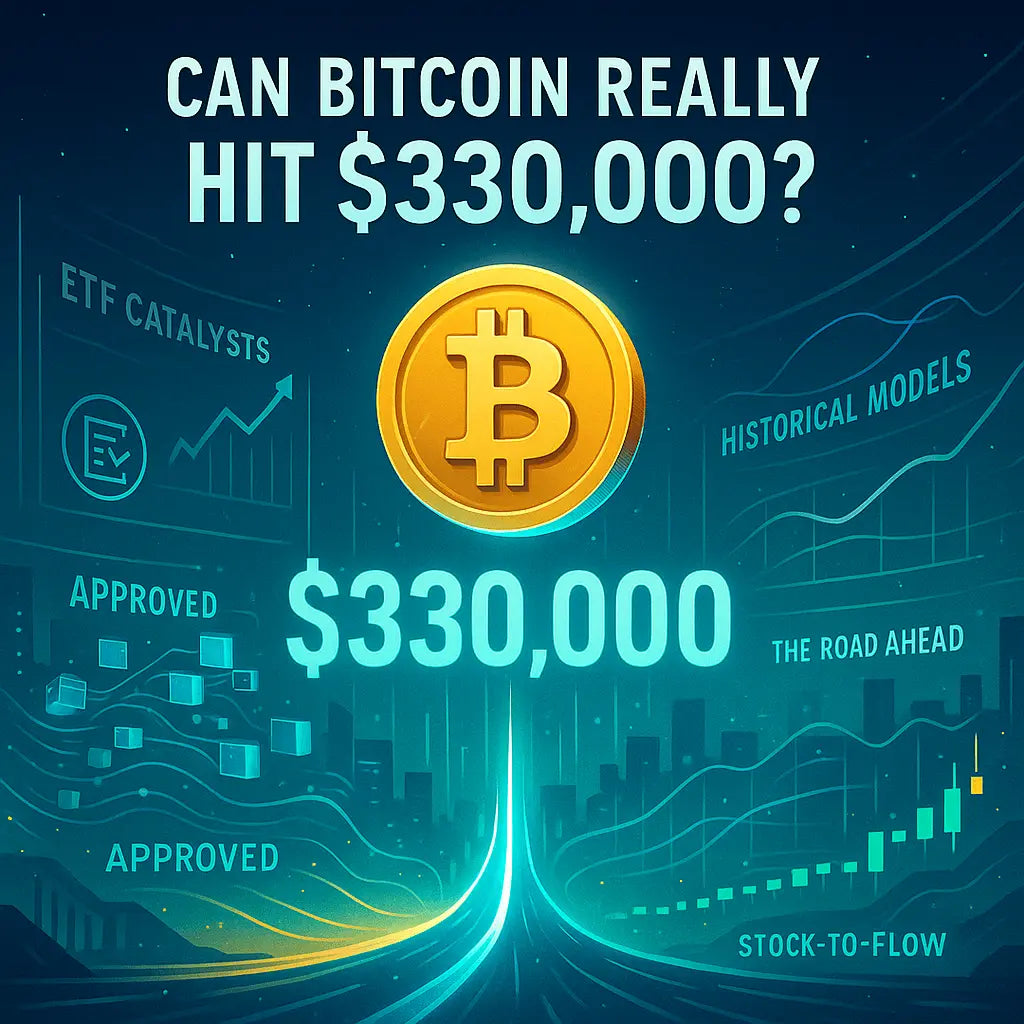

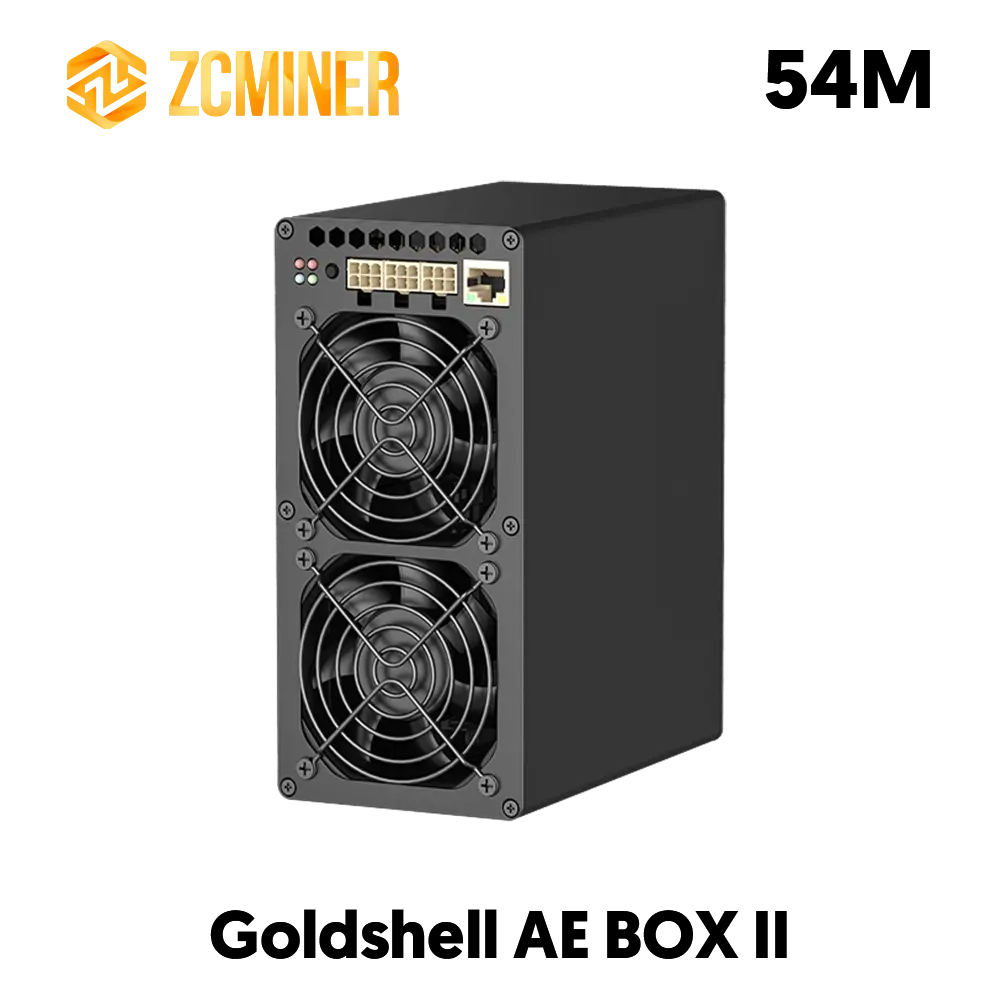
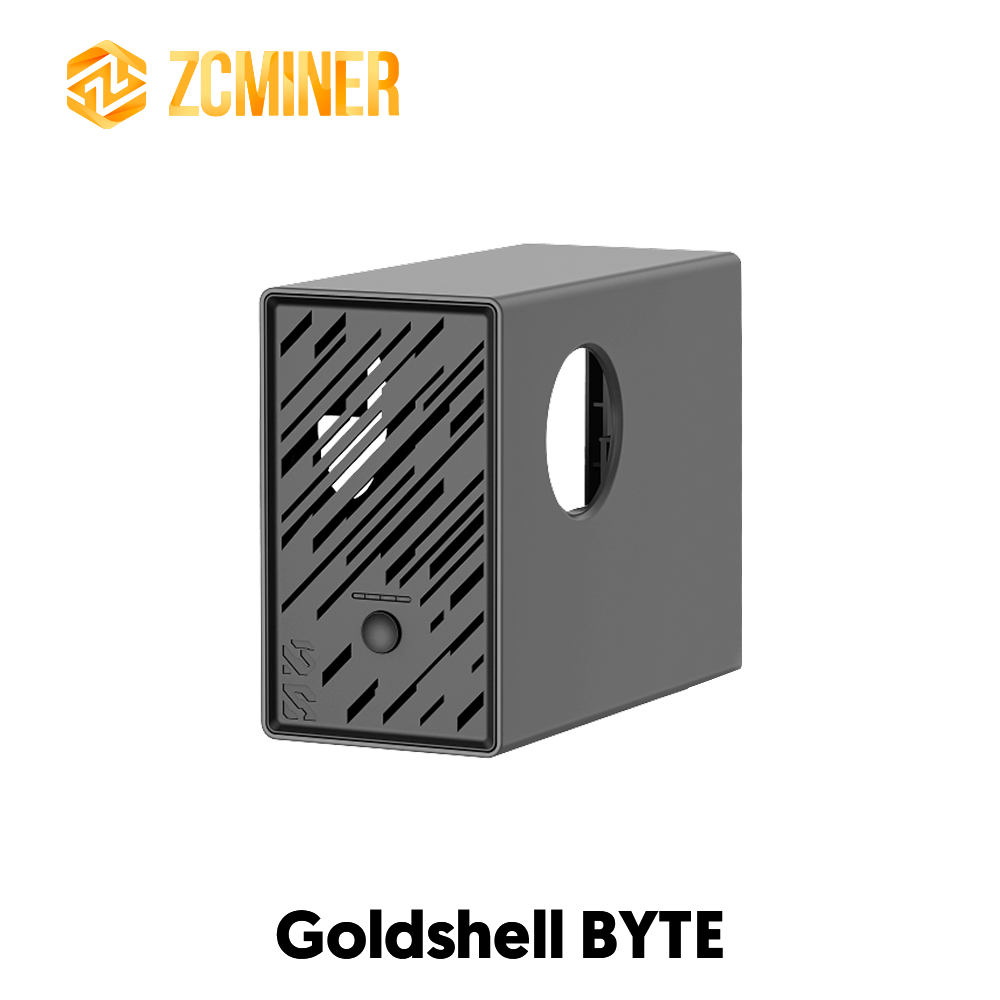
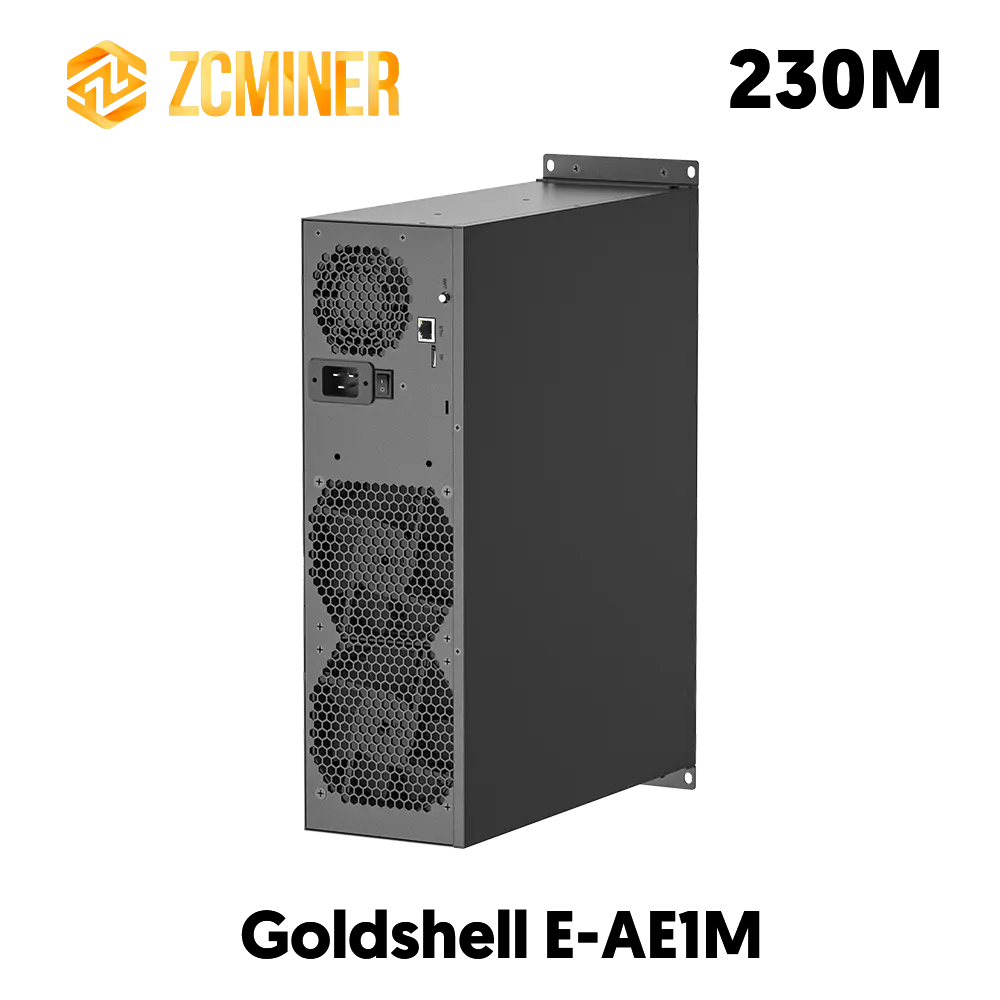
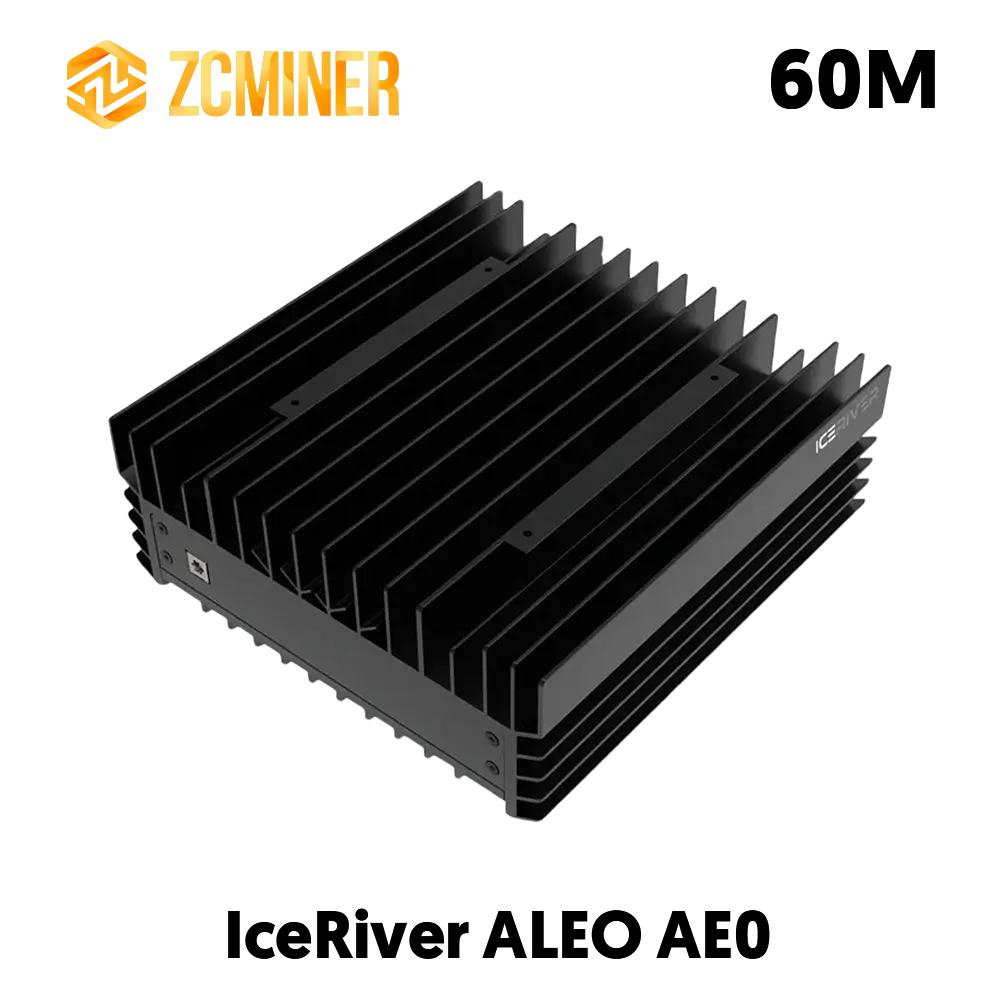


Leave a comment
This site is protected by hCaptcha and the hCaptcha Privacy Policy and Terms of Service apply.